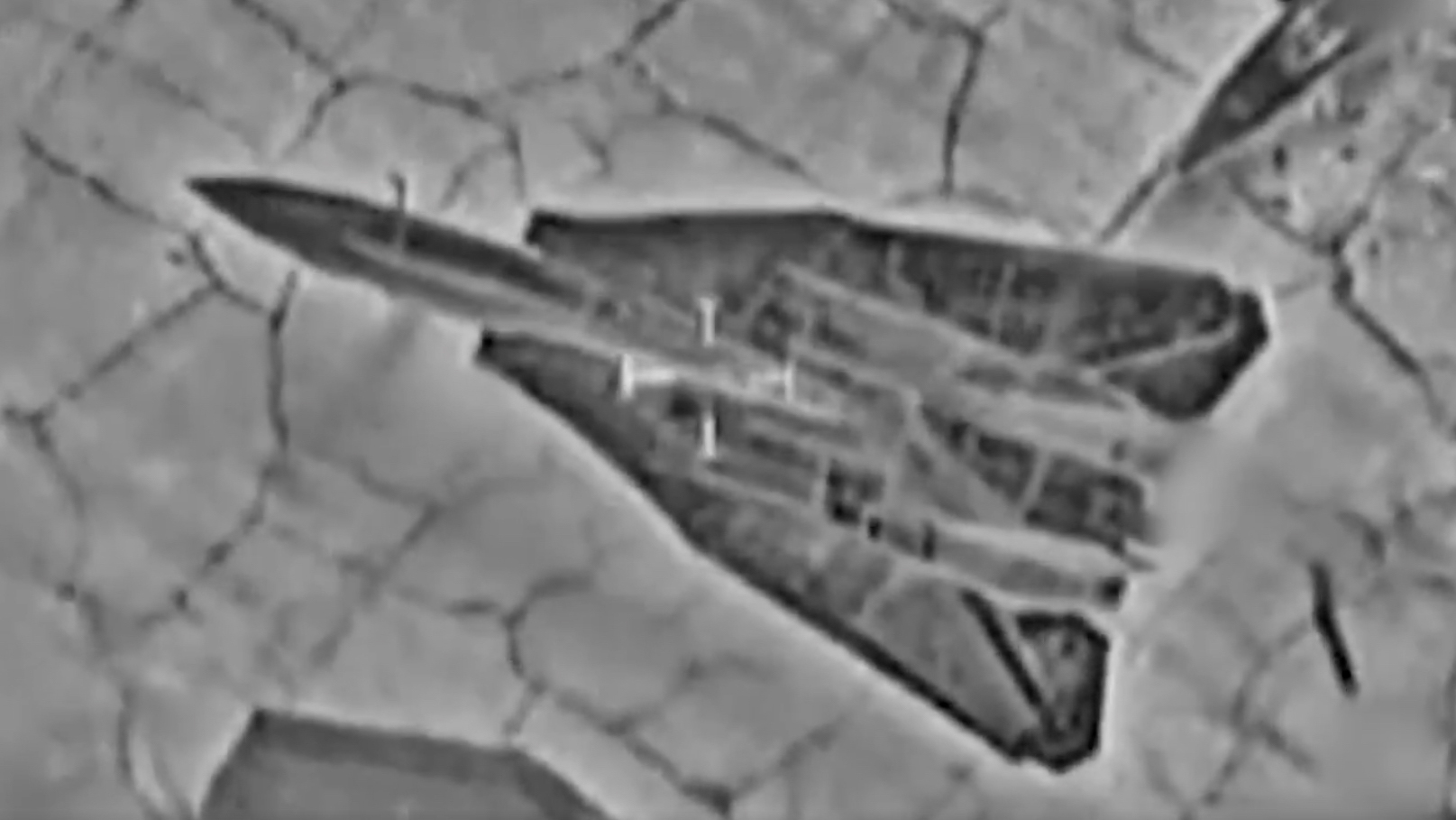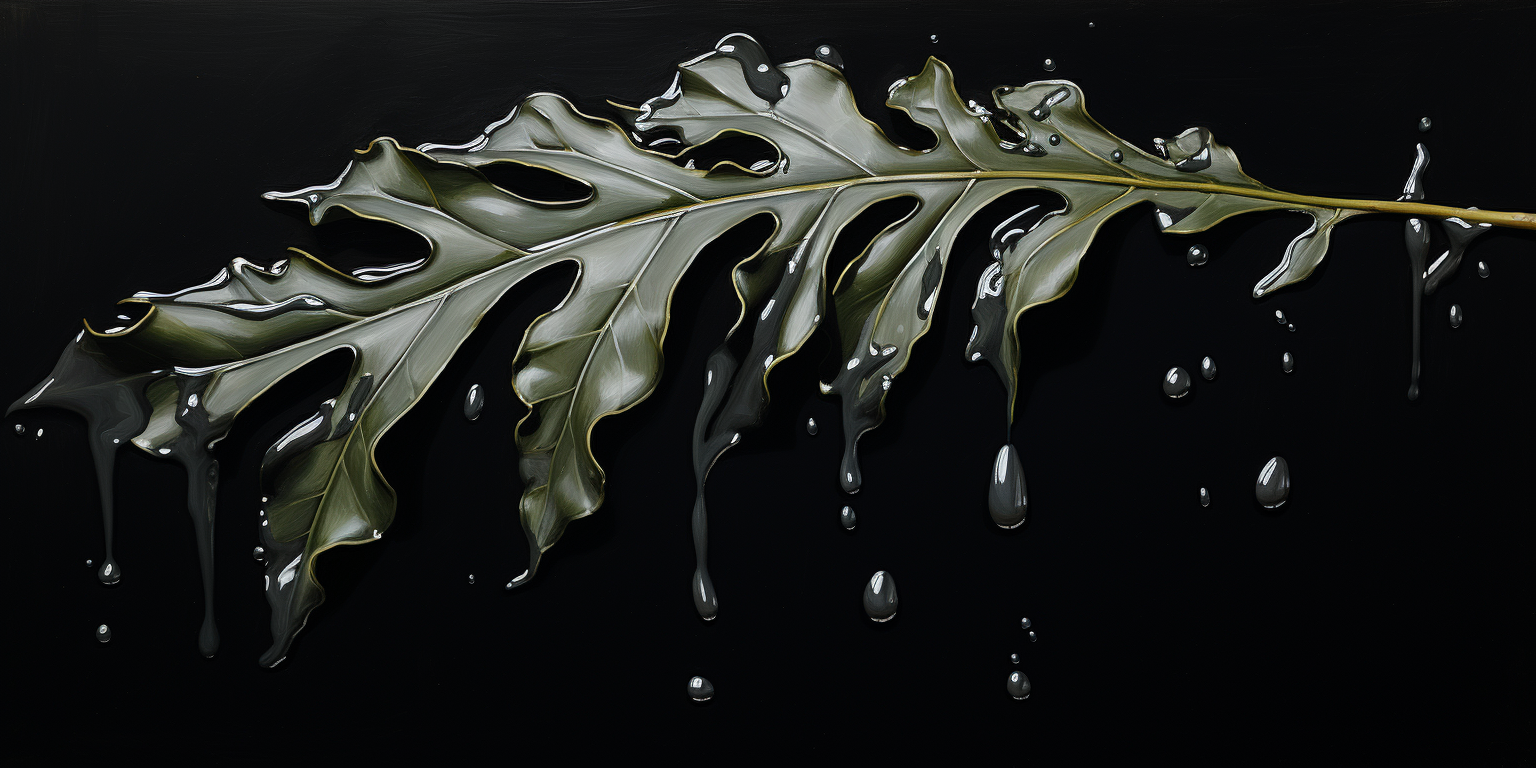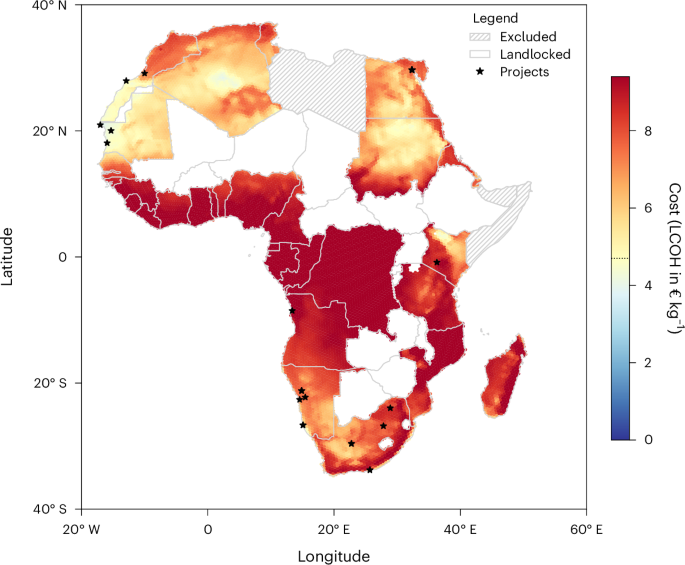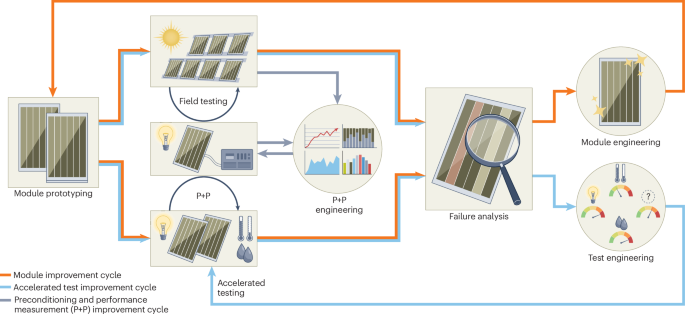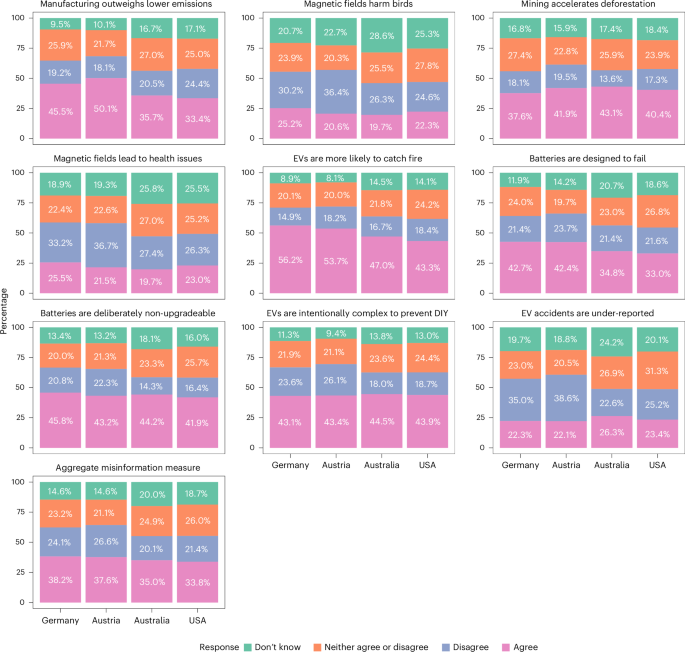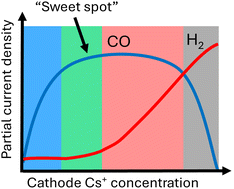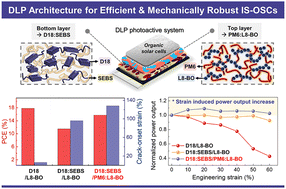Dissolving Microneedles Embedded with Photosensitizers for Targeted Eradication of Gram‐Positive Bacteria in Multidrug‐Resistant Biofilms in Diabetic Wound Infections
Advanced Healthcare Materials, Volume 14, Issue 15, 10 June, 2025.

A multifunctional photosensitizer, loaded into dissolving microneedles, is developed by integrating BOB and pyridine cations as targeting groups to combat Gram-positive bacterial biofilm infection. Upon application at infected skin sites, the photosensitizer induces membrane disruption through 1O2 generation and utilizes the microneedles’ mechanical strength, thereby significantly enhancing therapeutic efficacy against chronic diabetic wound infections.
Abstract
Chronic nonhealing wounds, common in diabetic patients, represent a major clinical challenge, causing significant morbidity and healthcare costs. Persistent bacterial biofilms are a critical obstacle to wound healing, necessitating their effective elimination to promote rapid recovery. In photodynamic antimicrobial therapy (PDAT), enhancing the interaction between the photosensitizer and bacterial biofilms is key to achieving efficient antimicrobial and antibiofilm effects. Here, a novel dissolvable microneedle patch containing a benzoxaborole (BOB)-functionalized photosensitizer is designed, TPI-BOB, for bacteria-specific targeting and localized PDAT of multidrug-resistant biofilm infections in diabetic wounds. TPI-BOB integrates a BOB moiety for selective bacterial binding and a pyridine-based cationic group to enhance electrostatic interactions, showing superior antimicrobial activity in Gram-positive bacteria, particularly MRSA. To further optimize therapeutic delivery and combat biofilm-associated infections, TPI-BOB is incorporated into dissolvable microneedles, which rapidly disintegrate upon application to wound sites. This microneedle system facilitates localized, efficient delivery of TPI-BOB to bacterial biofilms, where it triggers photodynamic action under white-light irradiation. This treatment eradicates the biofilm, initiating tissue repair that reduces inflammation, promotes collagen deposition, and stimulates angiogenesis, accelerating healing. This work presents a novel strategy combining PDAT with microneedle-mediated drug delivery, offering a promising approach for treating diabetic wounds and other biofilm-related infections.









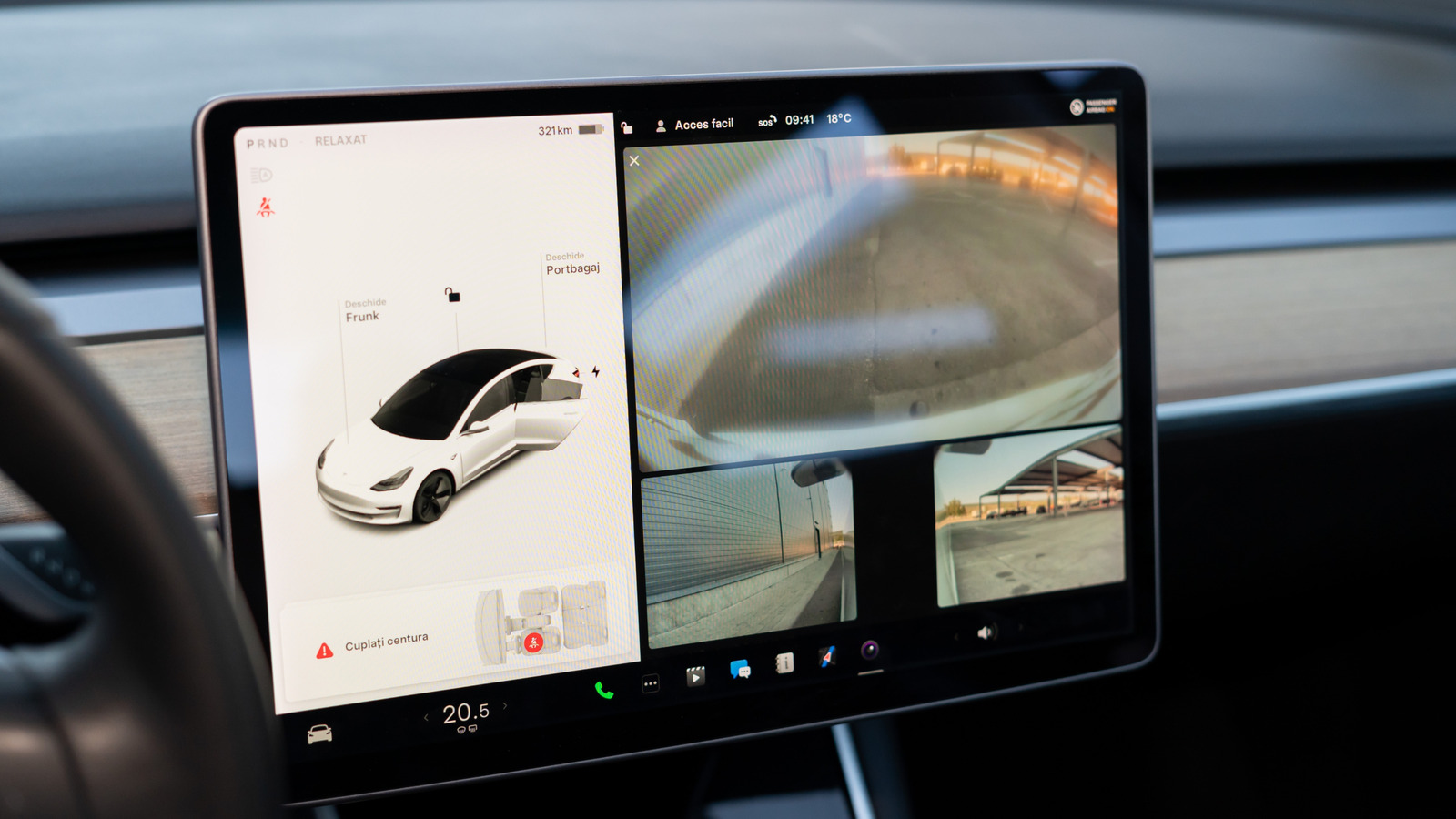































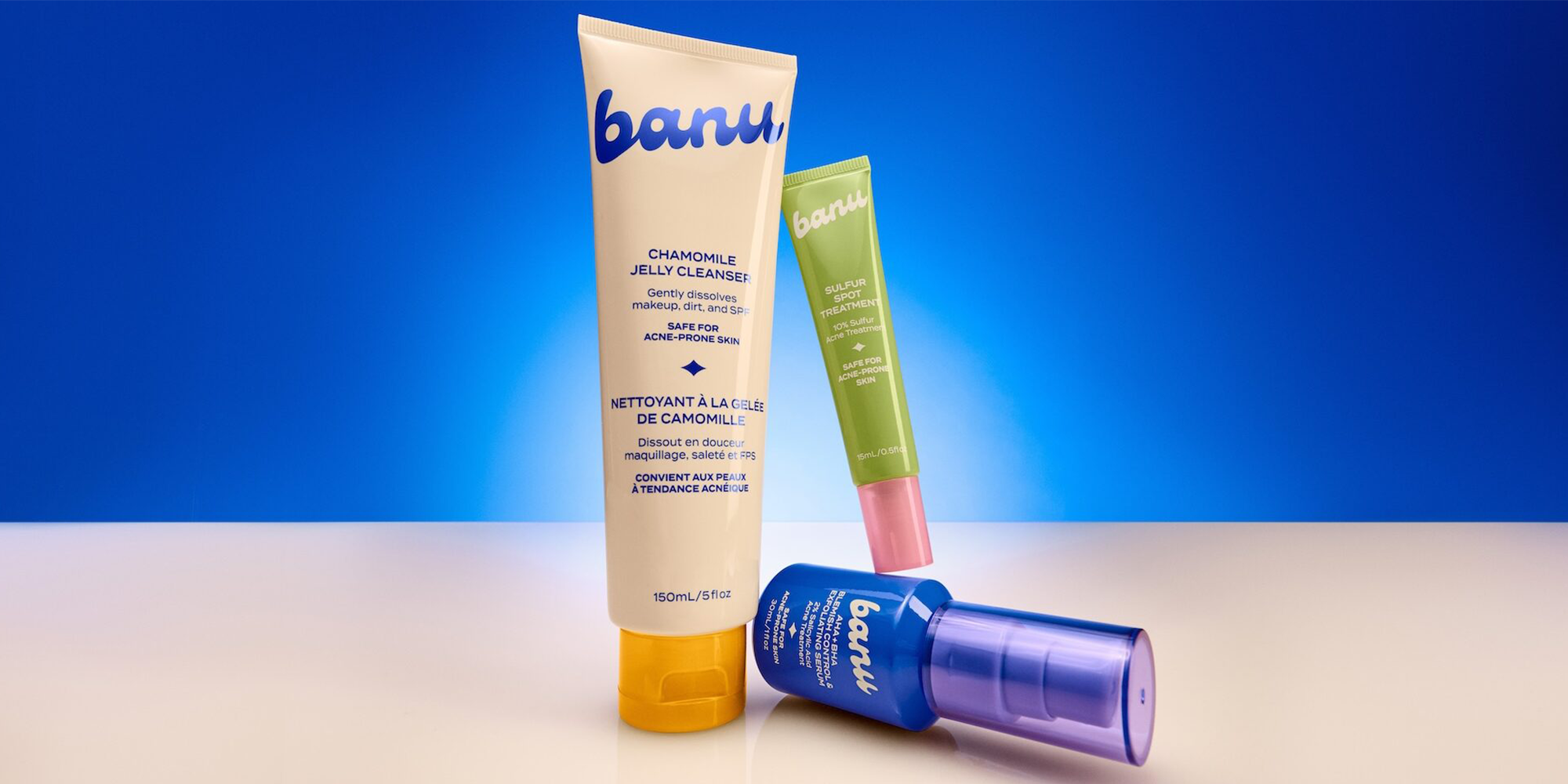










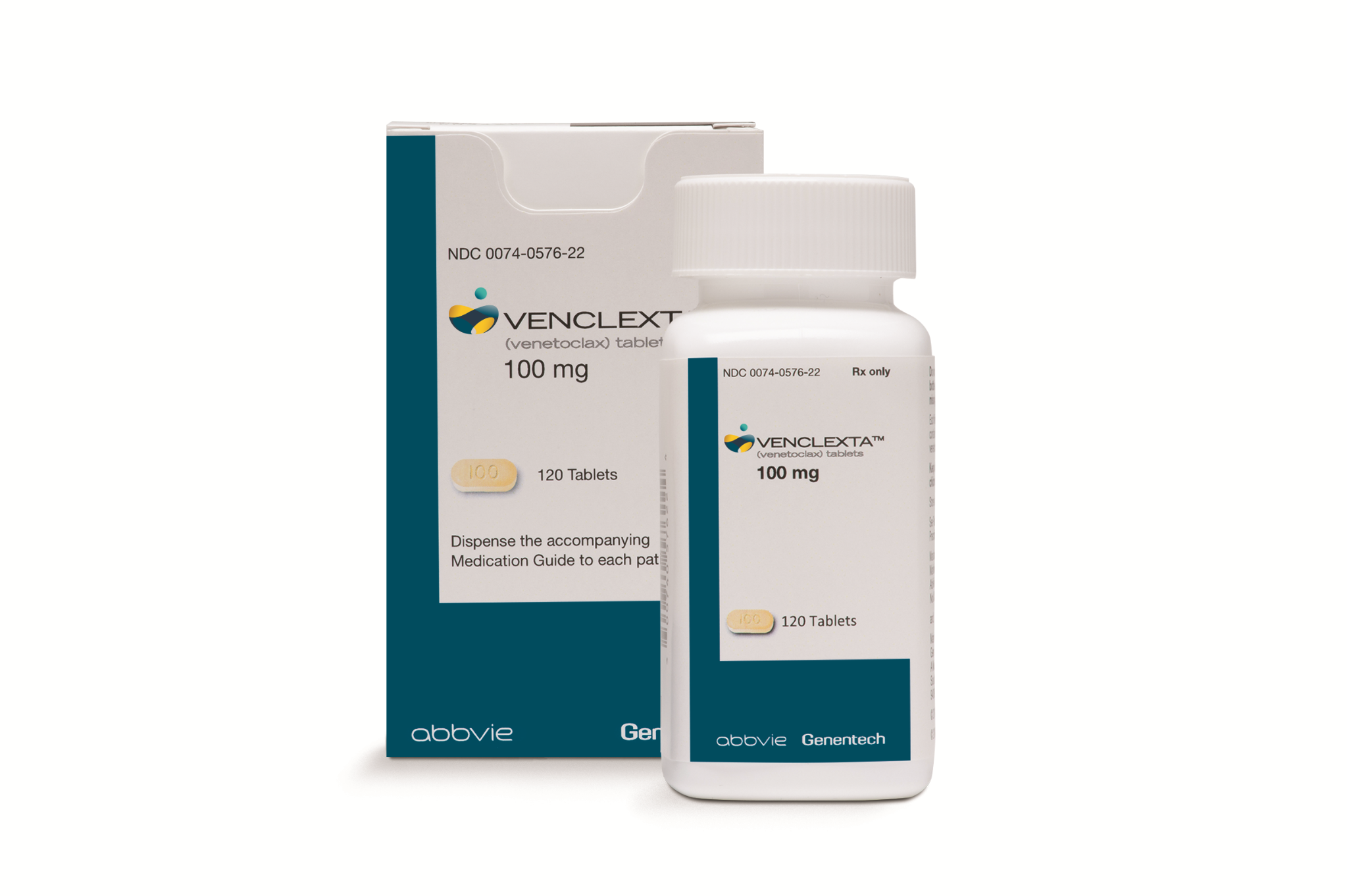
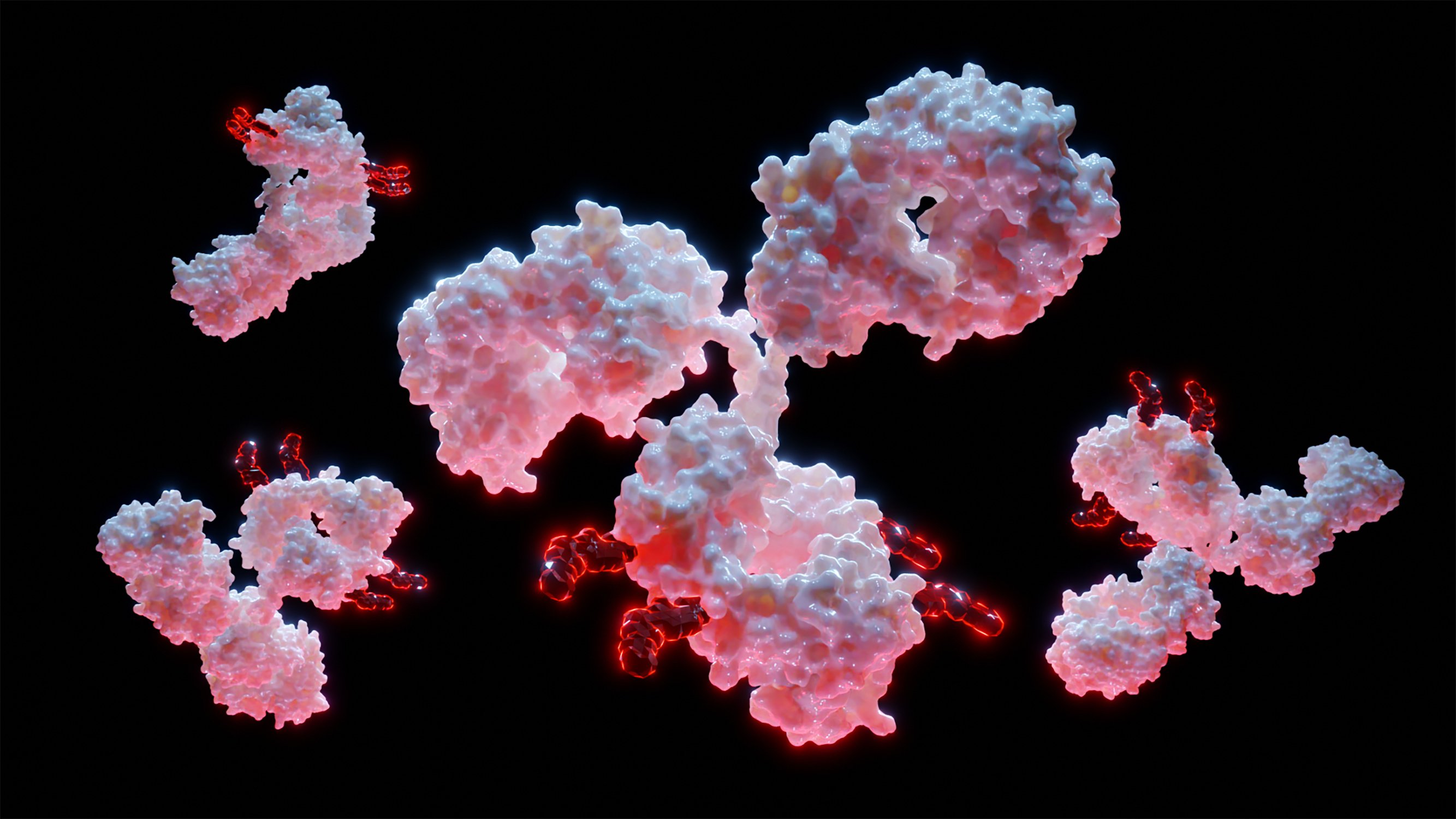











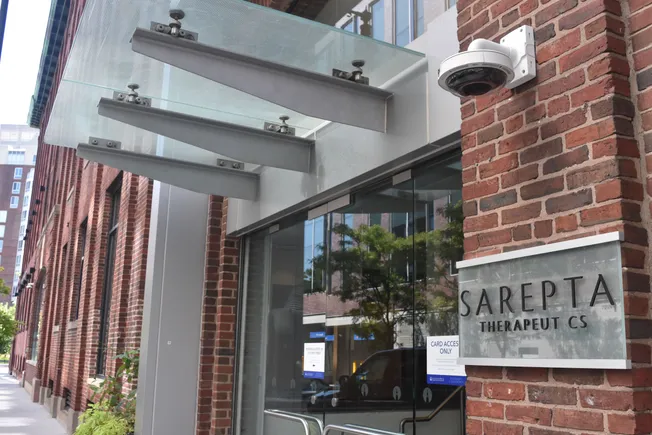










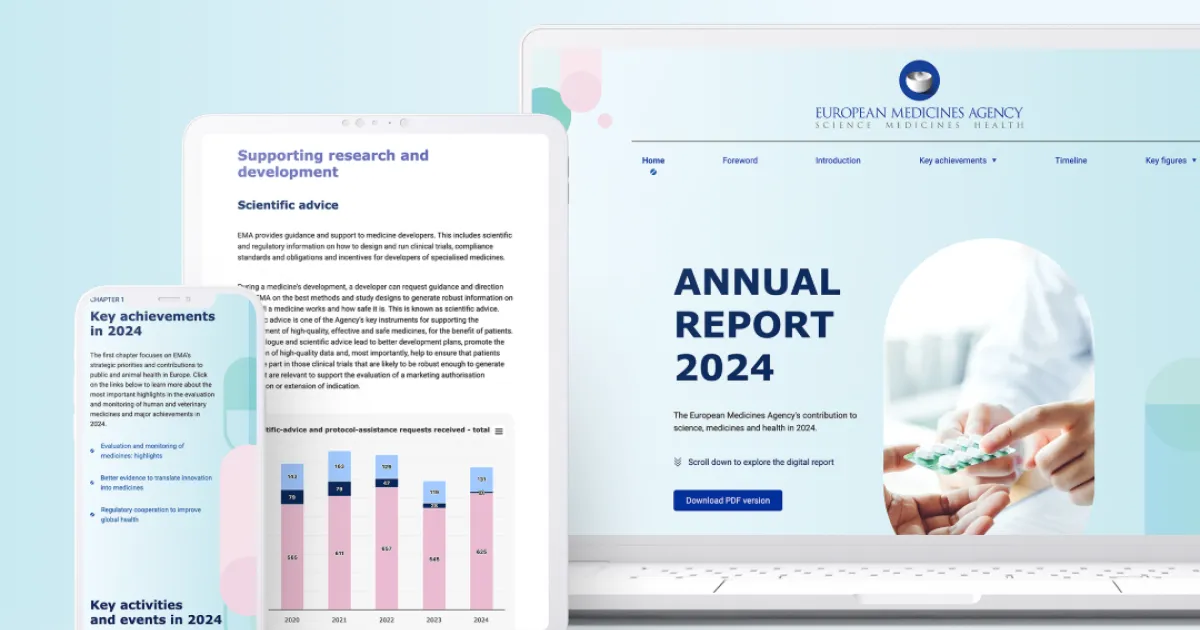










![The sights of Paris Air Show Day 1 [PHOTOS]](https://breakingdefense.com/wp-content/uploads/sites/3/2025/06/IMG_1798-scaled-e1750092780492.jpg?#)













